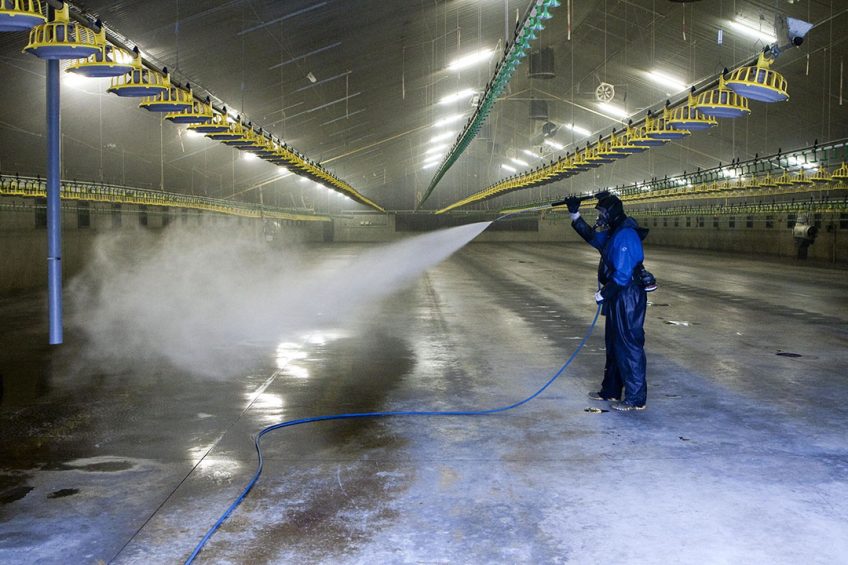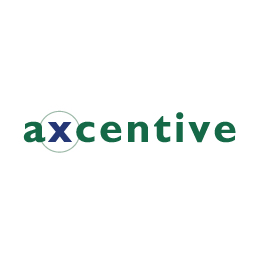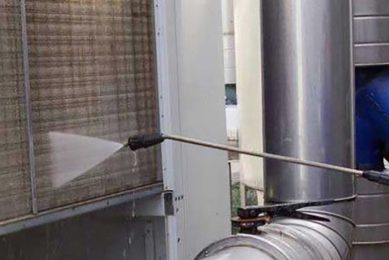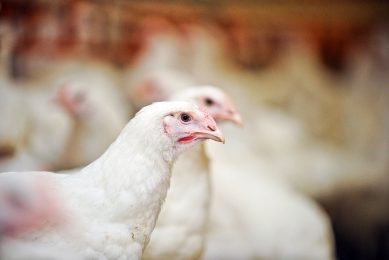There are good and better disinfectants

The first lesson in Marketing is to respect your competitor. All suppliers of disinfectants are trying their best to deliver a product that is at least meeting the customer’s requirements and if possible exceeding it, certainly in terms of killing microorganisms. It is useful though to underline in understandable terms the differences between disinfectants currently on the market, so that each customer can make his own decision.
In terms of oxidative disinfectants, generally recognised as the most powerful ones, Halamid is often compared to peroxymonosulfate (PMS) based formulations. Re-sellers of the product frequently come across farm managers that want to see a real test in their own farm. Recently a Greek poultry farm showed their results. At half the concentration (1%), the disinfectant gave significantly lower total microbial counts and lower enterobacteria levels, than the competitive (PMS-based) product used at 2%.
Neutral pH, amongst other reasons
Based on the first marketing lesson, Axcentive tried to understand where the difference in performance could be originating from.
Some differences:
- Halamid at the recommended dilution has a neutral pH whereas PMS based products are acidic. Though the low pH of PMS would ultimately show corrosion of metal parts, this should not directly interfere with the killing effect.
- In solution, the product is stable for a long time. A stock solution can thus safely be prepared. Virtually all other oxidative disinfectants, including PMS-based products break down in a matter of days, one week maximum. Could this explain the result?
- The disinfectant is killing micro-organisms for a longer time and at lower speed than a PMS based product. This has both advantages and disadvantages. Halamid needs a certain contact time to reach its full killing potential. However this characteristic also means it is more selective and not immediately neutralised by organic matter, in contrast to PMS based products.
The role of organic matter
Arno Schut, Technical Manager at the Axcentive Group lifts the doubt: “Further studies made us believe that the real difference in performance between these 2 products should be found in the presence of organic matter (residual dirt). With the lower endurance of PMS in the presence of organic matter, one should use a much higher concentration to compensate for all the PMS lost in reactions with organic matter. Halamid has the capability to penetrate into the dirt and selectively kill the microorganisms that are often found in or under such dirty patches.”
Therefore the conclusion of this test is that under ideal and clean circumstances all disinfectants are good. In real life however the better ones (such as for example Halamid) stand out.





